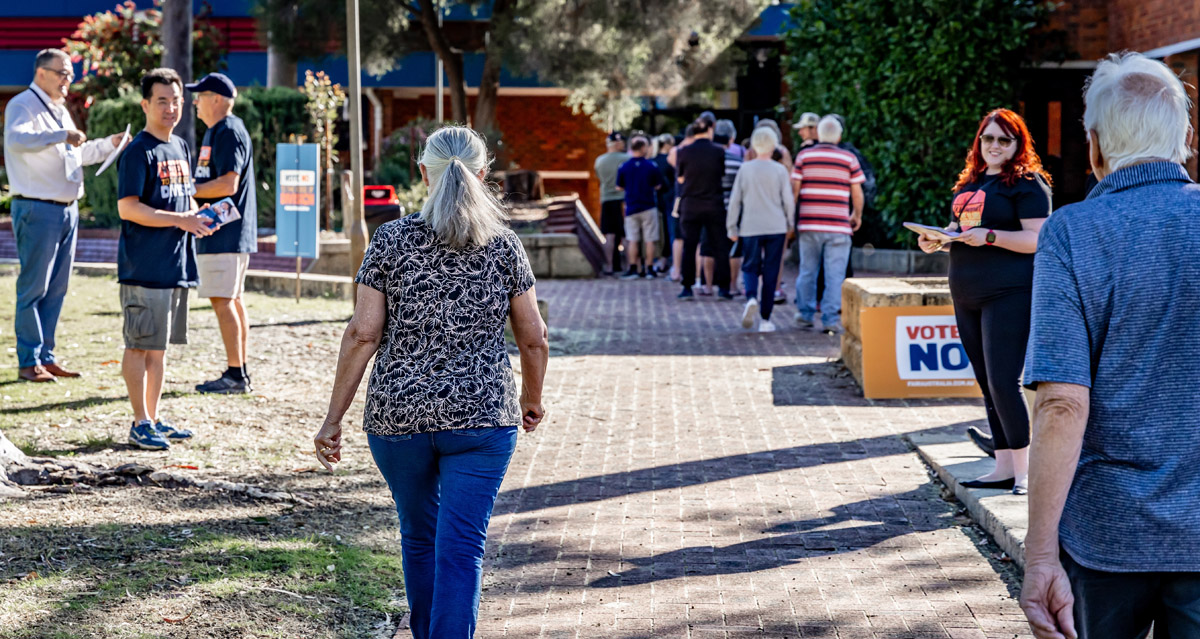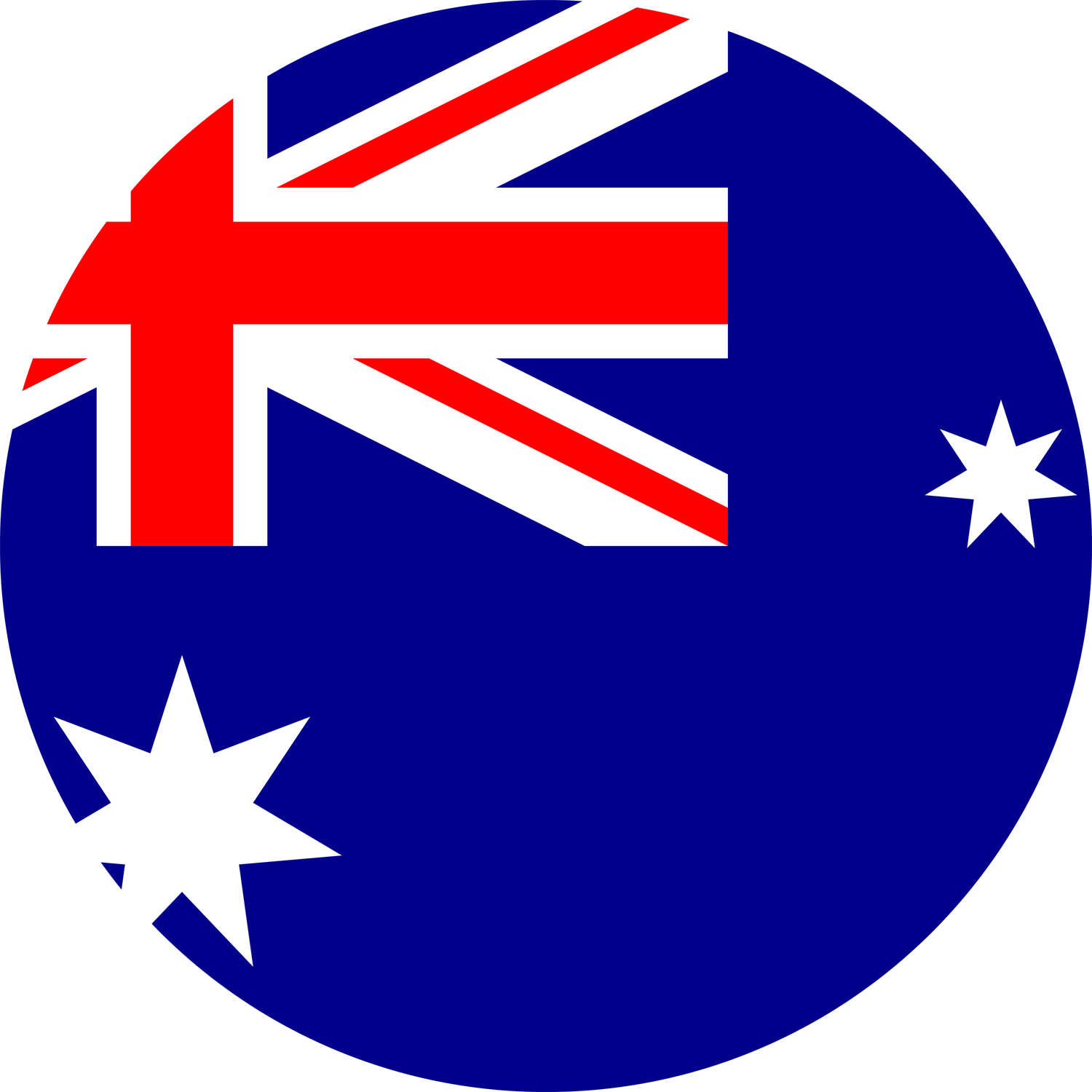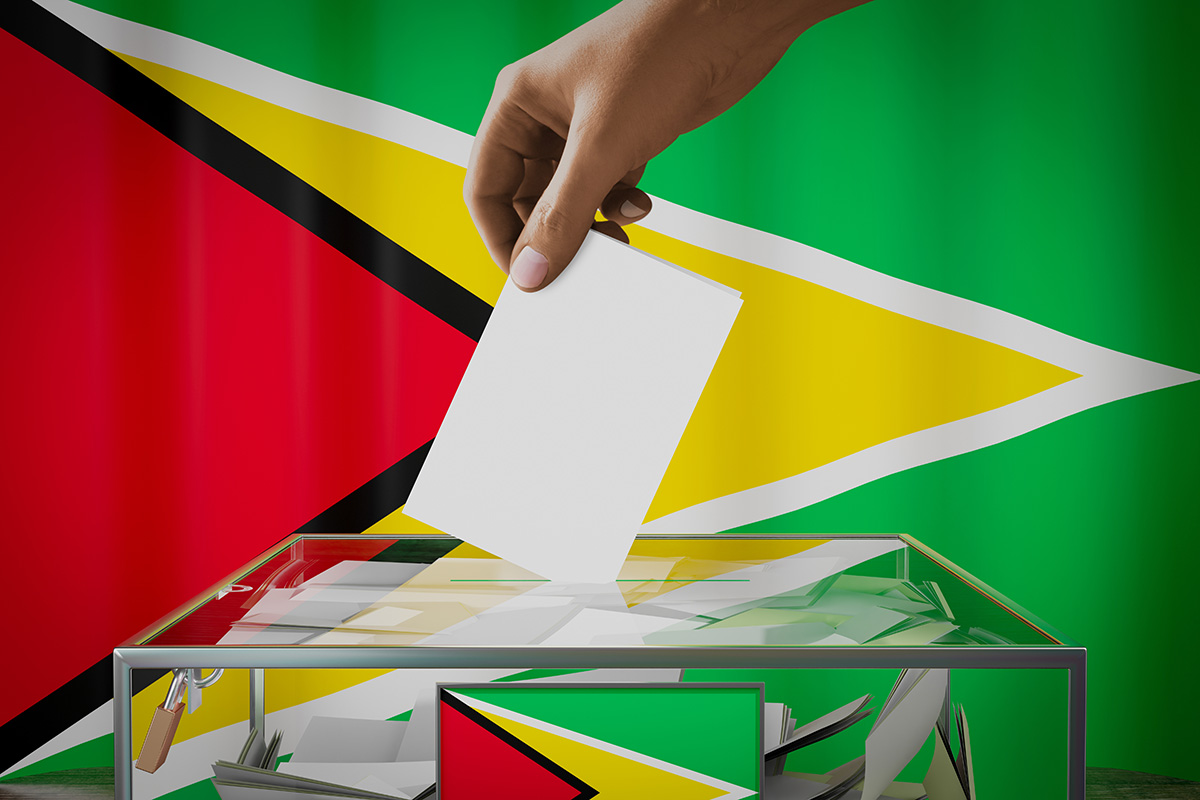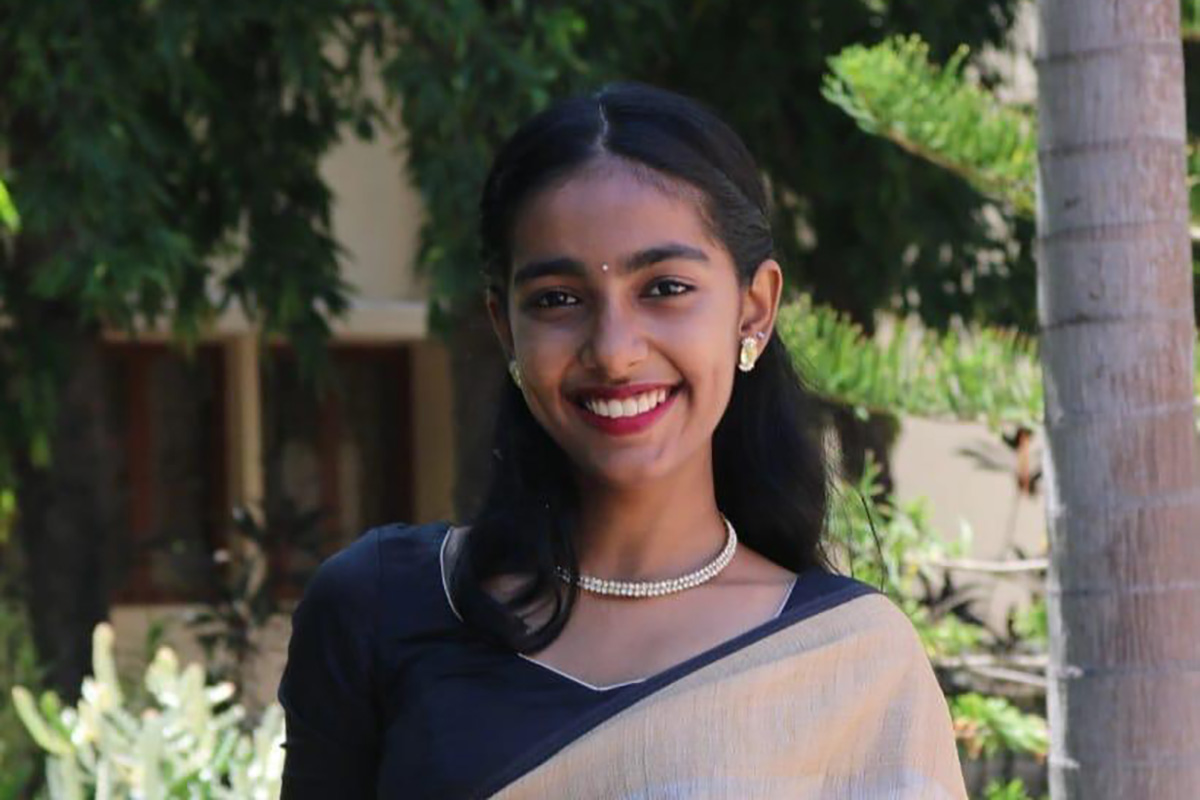Australians overwhelmingly reject Indigenous advisory body amendment
October 22by Cody Mitchell
On Saturday 14 October, Australians overwhelmingly rejected the Government’s proposed constitutional amendment to enshrine an Indigenous advisory body with the power to “make representations” to Parliament and the Executive Government.
In Australia, for a constitutional amendment to be successful, it must pass a very high threshold, achieving a “double majority”—meaning a majority both nationwide and in a majority of states.
On Saturday night, it quickly became clear that the Yes campaign had failed to persuade most Australians. Within just 90 minutes, three states were called for the No side, making a Yes result impossible.
Ultimately, not a single state approved the change, with the closest being Victoria (with a 45% Yes vote). In Queensland, which returned the largest margin, just over 30% of the population voted Yes. Nationwide, less than 40 per cent of Australians approved the constitutional change.
This result was despite a concerted and well-funded effort by the Government, major corporations, influential political and academic figures from both the left and the right, and a range of celebrities and public figures.
So how has the nation responded to the result and why did the proposal fail so badly?
The Nation Responds
Reactions to the outcome have been diverse. Australia’s Labor Prime Minister Anthony Albanese, who championed the Yes case, said in a speech on the night:
“While tonight’s result is not one that I had hoped for, I absolutely respect the decision of the Australian people and the democratic process that has delivered it.” He vowed to continue to listen to Indigenous Australians to see better outcomes for them in terms of life expectancy, education and suicide and disease rates.
Indigenous Yes campaigner Thomas Mayo said he was “devastated” by the result and slammed the No advocates, claiming that they ran “a disgusting” campaign and “lied to the Australian people.”
Marcia Langton, an Indigenous academic and Yes campaigner, claimed that “reconciliation is dead” following the result.
On the other hand, Opposition Leader Petter Dutton stated that the referendum was one that Australia did not need to have:
“What we have seen tonight is Australians literally in their millions reject the prime minister’s divisive referendum.”
Senator Jacinta Nampinjimpa Price, an Indigenous woman and the opposition’s Indigenous Affairs spokesperson and perhaps the most recognisable campaigner during the referendum, welcomed the No result.
Australians, she said, “have said No to division in our Constitution along the lines of race. They have said No to the gas-lighting, bullying, to the manipulation. They have said No to grievance and the push from activists to suggest that we are a racist country when we are absolutely not a racist country.”
Nyunggai Warren Mundine AO, another prominent Indigenous No campaigner, also welcomed the result, saying “the Australian people have won” and arguing that people wanted to see practical measures to help disadvantaged Indigenous Australians.
Why did it fail so badly?
Since the day, there have been many attempts to diagnose why the Voice was rejected by the Australian people. One of the most helpful was written by constitutional lawyer and former vice-chancellor of the Australian Catholic University, Professor Greg Craven.
Professor Craven, a supporter of the Yes campaign, identifies eight fundamental reasons for the failure of the Voice Referendum.
Firstly, he argues that the leaders of the Yes case were convinced that “victory was inevitable”—despite repeated warnings to the contrary.
As a result, there was no serious attempt to seek a bipartisan position. This is Craven’s second point. No referendum has ever succeeded without bipartisanship, and Craven suggests that the Opposition Leader was never genuinely consulted by the Prime Minister, who wanted to hold the referendum on partisan grounds. Dutton was only ever “told what was happening”.
Thirdly, the Prime Minister was surrounded by a group of Indigenous leaders who provided poor advice, confirming his over-confidence and insisting on a “no compromise” approach to the referendum.
Indeed, many of the Indigenous leaders whom the PM relied upon were activists who were “young, inexperienced, radical and employed in organisations that only reinforced their own views”, according to Craven.
Perhaps this explains why Indigenous support for the Voice collapsed from the 80 per cent or higher that was cited by the Yes campaign to less than sixty per cent by the time the campaign was properly underway.
The fourth reason Professor Craven provides for the failure is the Government’s refusal to disclose the “architecture for the voice”, providing the No campaign with a compelling argument from lack of detail.
Craven also highlights the fact that the actual amendment was drafted in secret, with no input from constitutional conservatives and a refusal to consider even reasonable amendments. As a result, there was confusion over the constitutional implications of the specific wording, with some high-profile legal experts—including Australia’s Human Rights Commissioner, Lorraine Finlay—positioning themselves against the change.
Yet another reason—the sixth one—was the dismal performance of the Yes campaign itself. Despite having at least $20 million to spend (a significant amount by Australian standards) and the backing of major corporations, the campaign was outperformed by the more financially modest No campaign.
Seventh, the Yes campaign was hurt by their own condescension. “Whatever the Yes campaign said,” points out Craven, “it seemed to believe any ordinary Australian who was not convinced was a cretin. The electorate hated it.” He also notes that the overused accusations of “misinformation” and “disinformation”—although justified on occasion—were used to condemn virtually every argument that the No campaign offered against the Voice and “suggested to the electorate that they were too stupid to sift fact from fiction”.
Finally, Craven points to the political “artillery” on the Yes side as a factor in its defeat.
The underperformance of both the Prime Minister, Anthony Albanese, and his Indigenous Australians Minister Linda Burney was a notable weakness in the Yes case. Especially compared with the prominent role that Senator Nampijinpa Price played throughout the campaign, there was “never more than a faltering presence” from Albanese and Burney.
Although some—such as Langton—have claimed, in the wake of the result, that Indigenous reconciliation is “dead”, both sides of politics have reaffirmed their commitment to listening and developing constructive policies to help Australia’s most marginalised communities.
While many Australians did not believe that the Voice was the best way to achieve those outcomes, there remains a strong commitment to reconciliation, closing the gap and improving the lives of disadvantaged Indigenous Australians.






